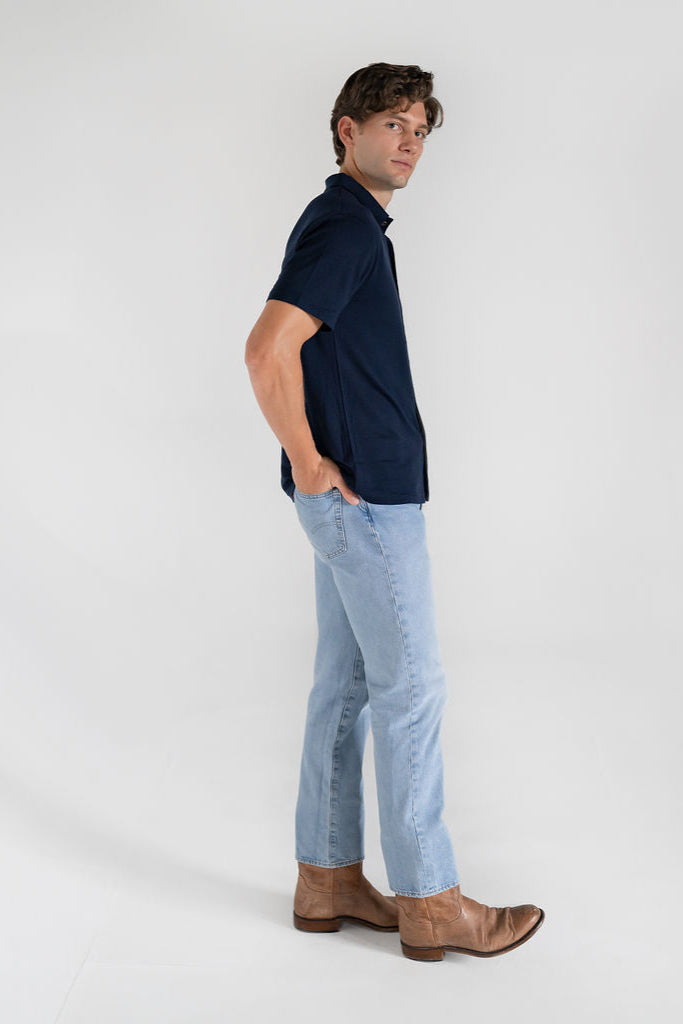Merino outperforms all other clothing, and with good reason...
Merino wool has evolved over thousands of years to protect the sheep in both scorching summers and freezing winters — it is designed for warm blooded mammals.
Cotton fibers grow on a plant, their purpose is to increase seed dispersal- not for regulating temperature or wicking moisture. Polyester is simply plastic spun into thread. It overheats, causes sweating and a breeding ground for bacteria.
How Merino Wool Works
Dynamic Temperature Regulation: How Merino Adapts
Merino wool acts like a natural climate control system, responding to both your body temperature and the environment. This ability comes from the structure of the Merino fiber and the way it interacts with moisture and air.
a. Insulates in the Cold
- Merino fibers trap tiny pockets of air between their crimps.
- This creates a natural insulation that holds in body heat — like a thermal buffer.
- Unlike bulky synthetics, Merino provides warmth without the weight.
b. Cools in the Heat
- When you're hot, Merino absorbs moisture (like sweat vapor) from your skin and uses body heat to evaporate it, creating a natural cooling effect — much like how sweating cools you down.
- This evaporative process draws heat away from your body, helping to lower your skin temperature.
Result: You stay warm when it's cold and cool when it's hot — all without needing to change your clothes.


















